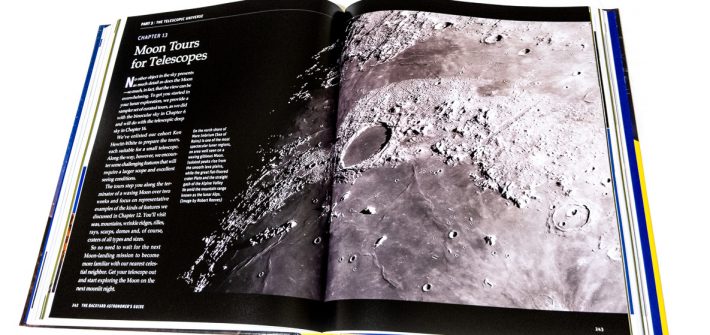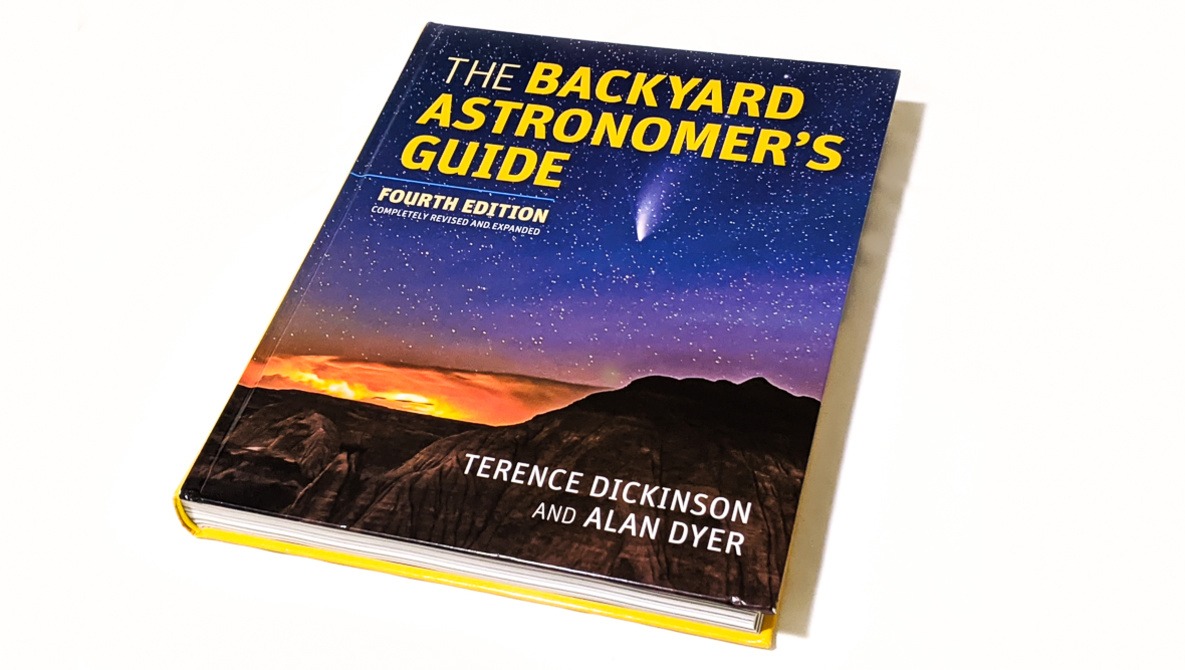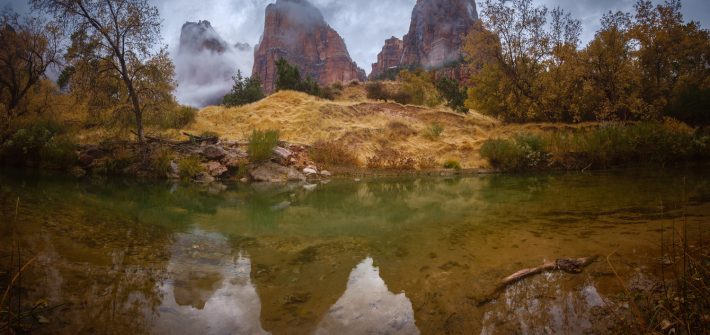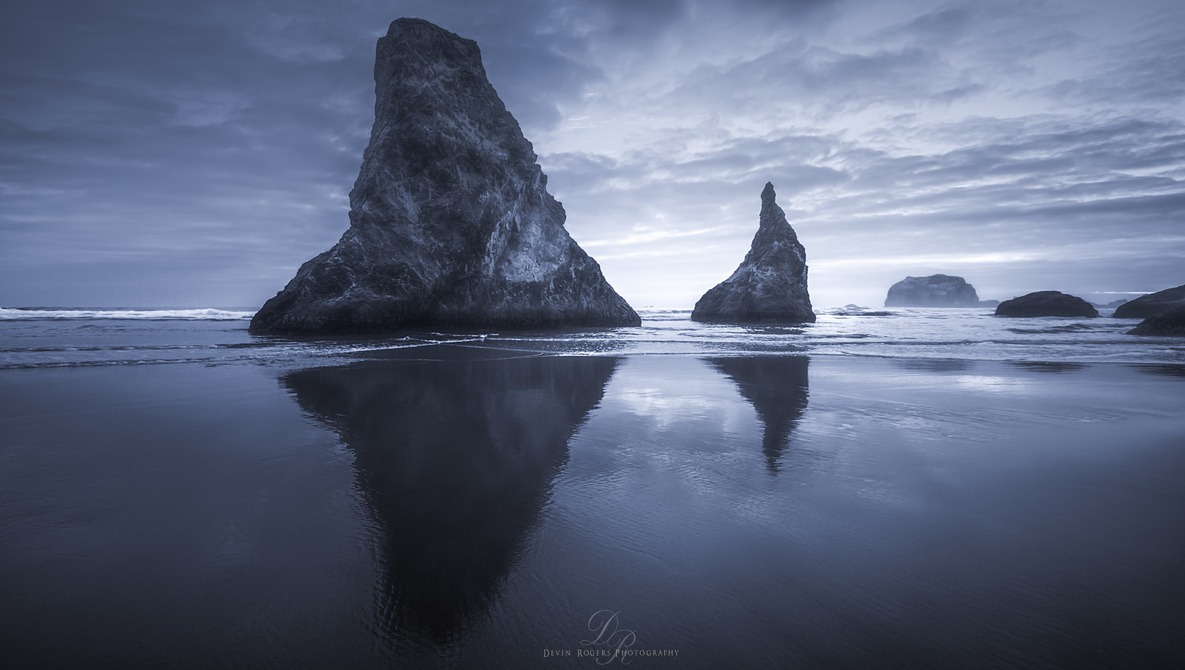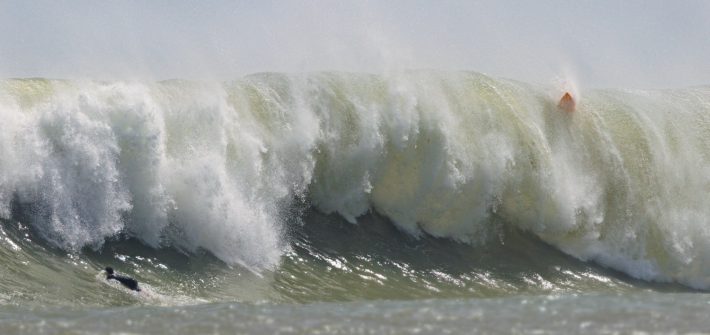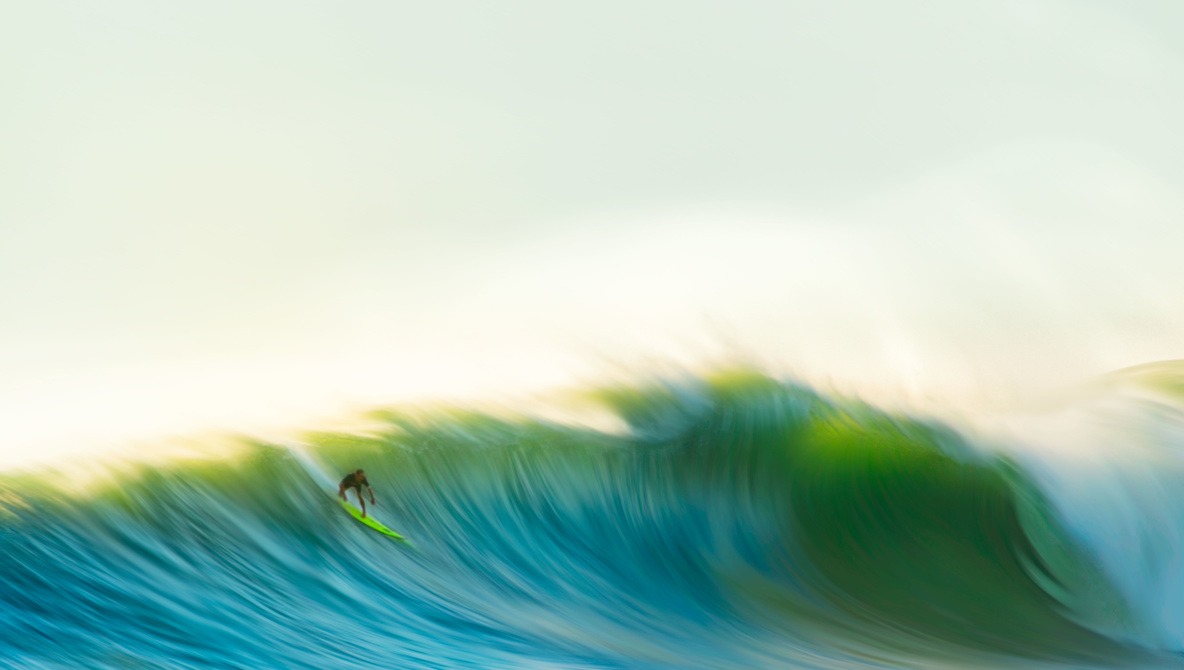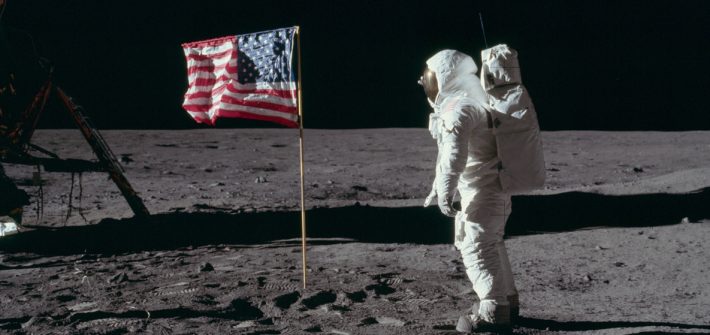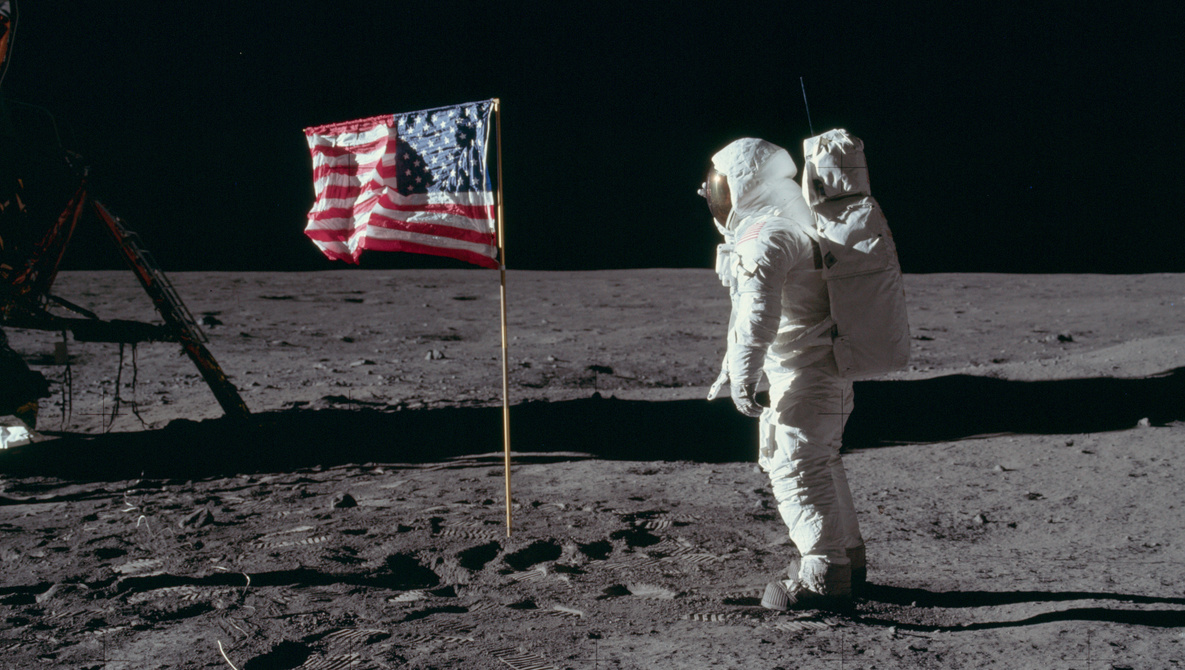In a previous article (Easing into Astrophotography with a Telescope), I listed a few resources for stepping up to telescopic astrophotography. Beyond learning the basics of sky navigation and learning to extend your photographic equipment knowledge into long exposures, an introductory overview of astronomy is a good idea so that you are aware of the photographic possibilities available to you and the wide array of equipment that may be needed.
![]()
